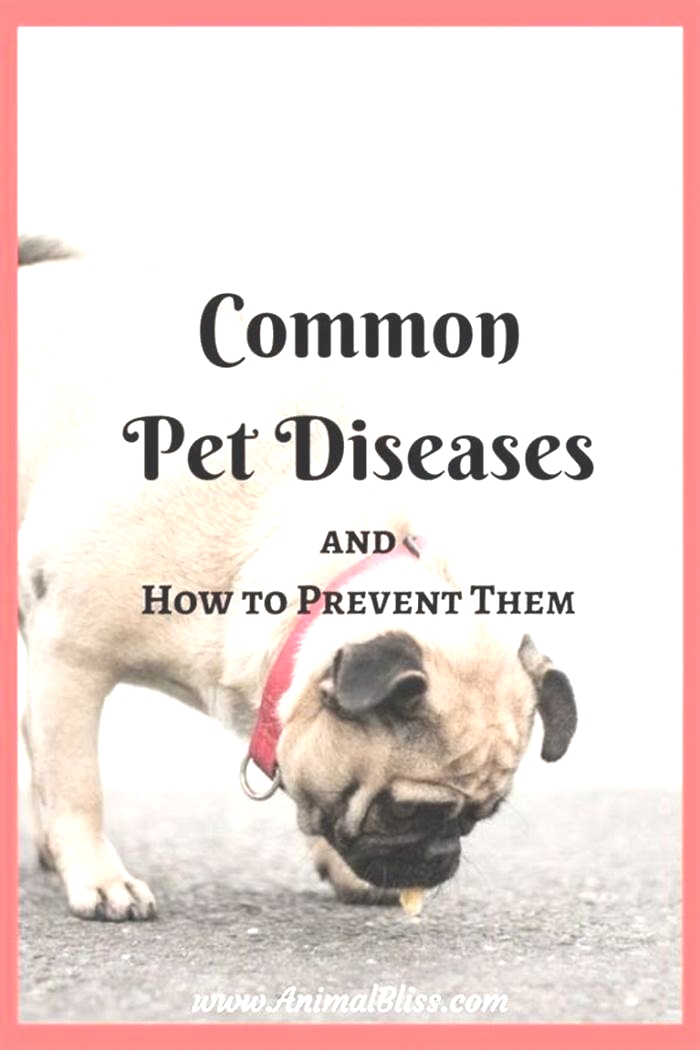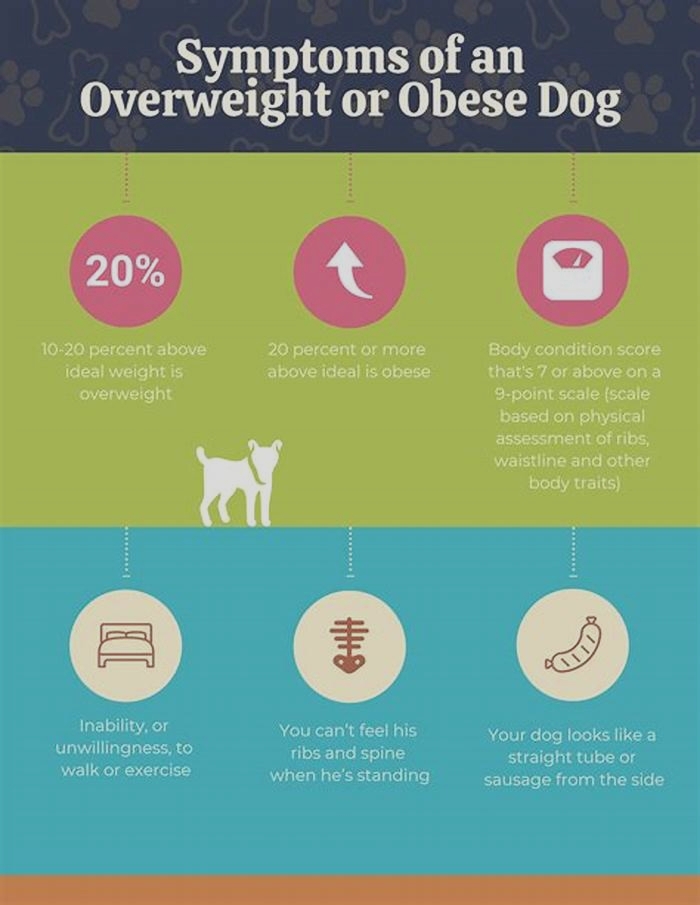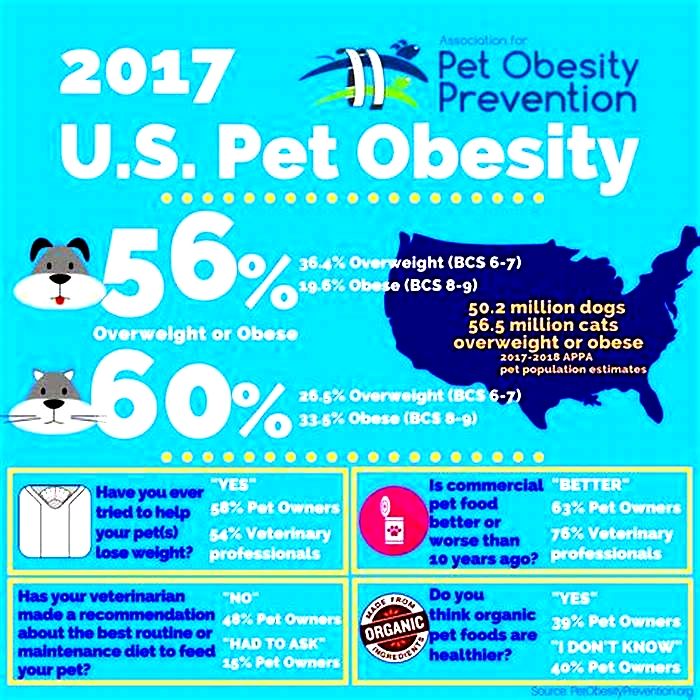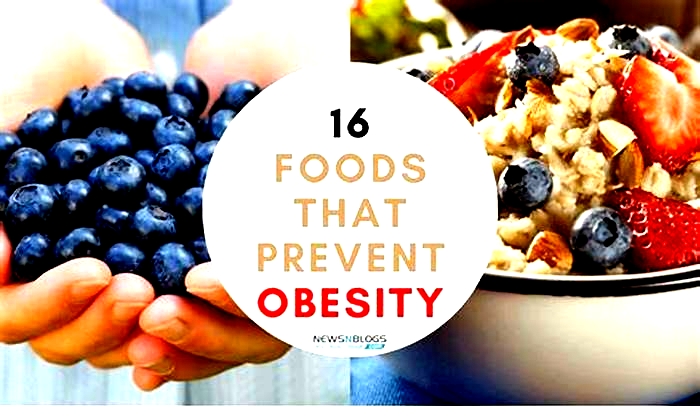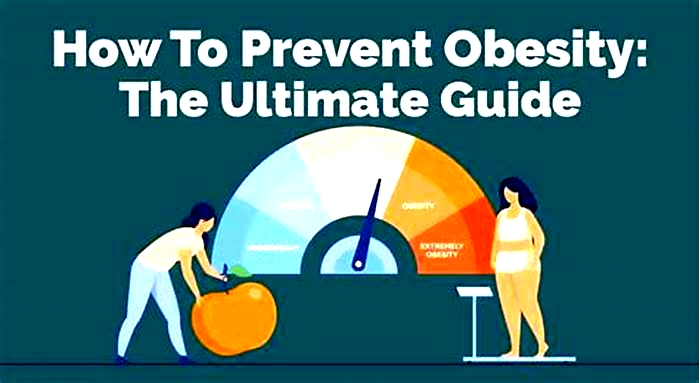How can we prevent obesity in pets
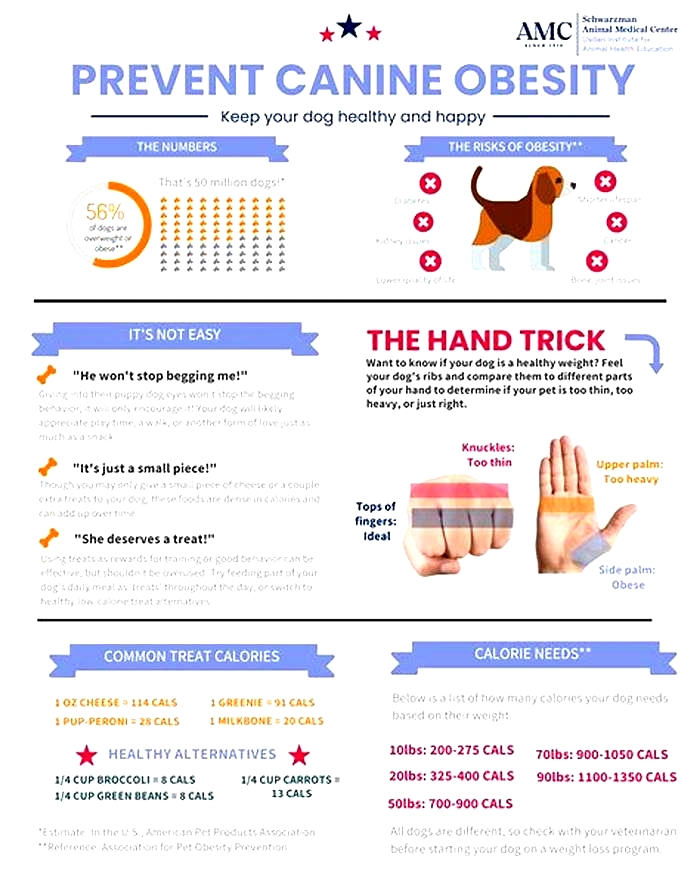
Pet obesity How to be Treatwise for your pet
Our furry companions hold a special place in our hearts, bringing endless joy and love to our lives. We cherish every tail wag and purr, and what better way to express our affection than by showering them with the occasional treat? Unfortunately, those treats, when given a bit too generously, can quickly pile up leading to pet obesity.
As part of our mission to keep pets healthy, we want to help pet owners like you to become treatwise. Together, we can embark on a journey to ensure our pets lead the healthiest and happiest lives possible, beginning with their waistlines. Here, well take you through the facts of pet obesity, its warning signs, its consequences, and most importantly, how to prevent and manage it.
How common is obesity in pets?
Studies have found that up to 65% of dogs and a third of cats are overweight or obese in the UK. Carrying excess weight is often categorized as malnutrition in veterinary terms and the chief culprit behind this is typically an overindulgence in calories. Its a growing concern among veterinarians across the UK, and were here to address it head-on.
What causes pet obesity?
There are many factors such as overfeeding, a sedentary lifestyle, and an imbalanced diet. They all make animal obesity a formidable adversary for owners and vets to deal with. For instance: a staggering 1.4 million dogs miss their daily walks, according toPDSAs PAW report. While a study from Nottingham Trent University reveals that 41% of cats are strictly indoor pets. Just like humans, the equation is simple less exercise and too much food will lead to extra pounds. But dont fret; were not suggesting your furball needs to train for a marathon. They simply need the right diet tailored to their activity level.
What are the effects of obesity in animals?
The repercussions of obesity in dogs and cats are far-reaching, ultimately affecting your pets overall quality of life. Increased weight can lead to behavioural changes, such as excessive sleeping, a reluctance to play or exercise and, in some cases, food aggression. Physically, obesity can pave the way for problems such as diabetes, heart disease, arthritis and reduced immunity, putting them at greater risk of infections. Above all, a pet being overweight will reduce their life expectancy, ultimately reducing the time you have together.
What are the signs of an overweight cat?
Our feline friends can also pile on the pounds when we indulge them with treats. Spotting obesity in cats is as unique as their breeds, especially with their mysterious primordial pouch. For a cat to qualify as obese, they would need to tip the scales at over 20% of their optimal weight, while being 10-19% heavier classifies as overweight. Due to their small frame, in comparison to dogs, it doesnt take too much to go one way or the other.
Heres how to check your cat for signs of obesity:
- Run your hands along their side to feel for their ribcage. Ideally, you should feel their ribs without seeing them.
- For this bit, its best to have a birds eye view. When you look at your cat, their abdomen should tuck in, with minimal body fat around their waist.
- An overweight cat will display a larger abdomen with an indistinct waistline between their ribs and hips.
Top 10 pet weight management tips
If you suspect your dog or cat is carrying excess weight, here are our top 10 weight management techniques to trim their waistlines:
- Consult a Vet before making big changes, especially with pre-existing conditions.
- Reevaluate their diet. Ensure it is high in protein and low in fat, steering clear of excessive carbohydrates. Dont be afraid to shop around and ask questions.
- Monitor meal frequency, matching it to their age and size, to avoid weight-related health issues.
- Establish a meal schedule to help your pet anticipate their food.
- Be treatwise. Offer pet-friendly treats but limit them to no more than 10% of their daily intake, including table scraps.
- Prioritize quality over quantity; limited healthy treats can go a long way, while excessive and poor quality treats are a leading cause of pet obesity.
- Opt for slow/puzzle feeder pet bowls to prevent overeating.
- Encourage daily exercise through walks, runs, swims, or indoor play.
- Consider alternative therapies like hydrotherapy for low-impact exercise.
- Dont let your pet bully you. Some pets will try to manipulate you with sad looks or mischievous antics to get extra food. Stay strong and remember that these new habits are for their own good.
Need some inspiration for pet treats? Check out our pet-specific diet advice for cats, dogs and rabbits.
How to succeed in being treatwise
The secret to success is starting small. By gradually introducing these changes into your pets life, youll set them on a path to healthy weight loss and a better quality of life. Remember, these transformations wont happen overnight, but with your unwavering dedication, your pets will soon reap the rewards.
Your furry friends will adapt more easily if you introduce our top 10 tips gradually, ensuring a smooth transition. If youre ever in doubt about modifying your pets diet safely, dont hesitate to schedule a free consultation with one of our veterinary professionals at Animal Trust. Together, we can ensure your pets path to a healthier, happier life is a walk in the park.
Learn more about dog-friendly food and cat-friendly food.

Download the Treatwise infographic
Can Pets Really Help Fight America's Obesity Epidemic?
Source: Photo by Kwanchai Chai-udom /123RF
In the wake of COVID-19, it is easy to forget that America is also dealing with another epidemic. Between 1990 and 2018, the percentage of adults in the United States considered clinically obese quadrupled from 11% to 40%. According to a study in the American Journal of Public Health, nearly one in five deaths in the country each year are obesity-related. Experts disagree about the causes of the increase in the average weight of Americans, but they agree on the health consequences. Obesity is associated with high blood pressure, type 2 diabetes, heart attacks, strokes, depression, sleep apnea, and 13 kinds of cancer. No wonder doctors tell their patients to shed the pounds.
But while losing weight is relatively easy in the short run, keeping it off is difficult and, for many people, it is nearly impossible. Could pets help fight the obesity health crisis? Perhaps, if you believe headlines such as Studies Show Having A Dog Can Help Drive Weight Loss.
A report commissioned by the Human-Animal Bond Research Institute claims dog ownership is responsible for a million fewer cases of obesity in the United States annually. Further, the report claims, The reduction in health costs associated with a lower incidence of obesity among American dog-owners is more than $419 million per year.
The idea that pet ownership translates into lower doctor bills assumes that pet owners are less susceptible to obesity than non-owners. But is this true? A team of Japanese researchers recently reviewed 21 studies on the link between pet-keeping and obesity. Published in the International Journal of Environmental Research and Public Health, their results were fascinating.
Studying the Studies
Hundreds of papers on the impact of pets on human health and happiness are published each year, but they often produce inconsistent results. For example, in a 2008 report, Australian researchers found that kids raised with pets had lower levels of obesity. But a similar study in the United Kingdom by Dr. Carri Westgarth's research group found no differences in the obesity rates of children who had pets and children who did not.
Inconsistent research results are common in science. Thats why investigators usually dont take the findings of a single study too seriously. Rather, they look for the patterns of results over multiple studies. To do this, investigators conduct a study of studies. A widely used method for comparing the results of different studies is called a systematic review. Researchers also use a statistical technique called meta-analysis to combine the results of studies on the same topic. The Japanese research team used both techniques to evaluate research on the relationships between pet ownership and obesity.
The Results
The researchers located 21 published studies comparing obesity rates between people who lived with any kind of pet and non-pet owners. In all, 218,192 people participated in the studies. Several of the studies examined differences in obesity by age groups. The researchers evaluated the results of 25 separate comparisons between pet-owners and non-owners.
They found that in 17 of the 25 comparisons, living with a pet made no difference in obesity rates. Three of the studies, however, reported that pet owners were more likely to be obese, while five of them found that pet owners were less obese. The researchers were able to combine the results of nine studies using meta-analysis. They reported that when pooled over 24,555 subjects, the chances a pet owner was obese were no different than those of a person who did not have a pet. (For stat geeks, the pooled Odds Ratio = 1.038).
Source: Graph by Hal Herzog
What About Dogs?
I was not surprised by these findings. After all, the category pet owners includes people who have pets that you would not expect to provide opportunities for exercise and weight losscats, fish, birds, hamsters, and even pet rats and snakes. But I figured dog owners might be different. After all, a 2019 study found that dog owners spent twice as much time each week walking as people who did not have a dog.
Fortunately, 18 of the studies only included people who lived with dogs. By analyzing these studies separately, the researchers were able to test the hypothesis that dog owners are less likely to be obese than people who did not have pets. They found this was not the case. The pattern of results in the dog-owner-only studies was the same as for the all pets owners. Thirteen of the dog studies found no differences in levels of obesity in pet-owners and people who did not have pets. Two reported that dog owners were more likely to be obese, and in three of the studies, dog owners were less prone to obesity. A meta-analysis of seven of the dog studies found that the chances that dog owners would be obese were the same as for people with no pets (pooled Odds Ratio = 1.001).
Source: Graph by Hal Herzog
Three of these studies involved children. When the kids' data were pooled, a meta-analysis revealed no differences in obesity levels in children who lived with dogs and kids who did not.
The Bottom Line
After reviewing the results of 21 studies from seven countries involving over 200,000 subjects, what did the research team conclude? They wrote, There was no significant association between pet ownership and obesity regardless of age group. Furthermore, no association was observed between dog ownership and obesity. These findings pull the rug out from the pet industry claims that companion animals save Americans nearly half a billion dollars a year in obesity-related health care costs.
As I have said before in this column, there are lots of reasons to bring a pet into your life. But losing weight may not be one of them.
How to Prevent Obesity in Kids and Adults
Obesity is a common health issue that is defined by having a high percentage of body fat. A body mass index (BMI) of 30 or higher is an indicator of obesity.
Over the last few decades, obesity has become a considerable health problem. In fact, its now considered to be an epidemic in the United States.
According to statistics from the Centers for Disease Control and Prevention (CDC), roughly
Despite the rising percentages, there are plenty of ways to prevent obesity in both kids and adults. Here well explore both, as well as how far weve come in preventing obesity.
Obesity prevention begins at a young age. Its important to help young people maintain a healthy weight without focusing on the scale.
Breastfeed infants, when possible
One
Feed growing children appropriate portion sizes
The American Academy of Pediatrics explains that toddlers dont require huge amounts of food. From ages 1 to 3, every inch of height should equate to roughly 40 calories of food intake.
Encourage older children to learn what various portion sizes look like.
Build early relationships with healthy foods
Encourage your child to try a variety of different fruits, vegetables, and proteins from an early age. As they grow older, they may be more likely to incorporate these healthy foods into their own diet.
Eat healthy foods as a family
Changing eating habits as a family allows children to experience healthy eating early on. This will make it easier for them to continue following good eating habits as they grow into adults.
Encourage eating slowly and only when hungry
Overeating can happen if you eat when youre not hungry. This excess fuel eventually becomes stored as body fat and can lead to obesity. Encourage your child to eat only when they feel hungry and to chew more slowly for better digestion.
Limit unhealthy foods in the household
If you bring unhealthy foods into the household, your child may be more likely to eat them. Try to stock the fridge and pantry with healthy foods, and allow less-healthy snacks as a rare treat instead.
Incorporate fun and exciting physical activity
The World Health Organization (WHO) recommends that kids and teens get at least
Limit your childs screen time
More time spent sitting in front of a screen means less time for physical activity and good sleep. Because exercise and sleep play a role in a healthy weight, its important to encourage those activities over computer or TV time.
Make sure everyone is getting enough sleep
Research suggests that both
Know what your child is eating outside of the home
Whether in school, with friends, or while being babysat, children have plenty of opportunities to eat unhealthy foods outside of the home. You cant always be there to monitor what they eat, but asking questions can help.
Many of these obesity prevention tips are the same for losing or maintaining a healthy weight. The bottom is line that eating a healthy diet and getting more physical activity can help prevent obesity.
Consume less bad fat and more good fat
Contrary to the belief behind the low-fat diet craze of the 90s, not all fat is bad.
Consume less processed and sugary foods
According to a
Eat more servings of vegetables and fruits
The daily recommendation for fruit and vegetable intake is five to nine servings per day for adults. Filling your plate with veggies and fruit can help keep calories reasonable and reduce the risk of overeating.
Eat plenty of dietary fiber
Studies continue to show that dietary fiber plays a role in weight maintenance. One
Focus on eating lowglycemic index foods
The glycemic index (GI) is a scale used to measure how quickly a food item will raise your blood sugar. Focusing on low-GI foods can help keep blood sugar levels steadier. Keeping your blood glucose levels steady can help with weight management.
Get the family involved in your journey
Social support isnt just for children and teens its important for adults to feel supported too. Whether cooking with family or going on walks with friends, getting people involved can help to encourage a healthy lifestyle.
Engage in regular aerobic activity
Incorporating regular physical activity into your schedule is important for maintaining or losing weight, among other benefits. The
Incorporate a weight training regimen
Weight training is just as important to weight maintenance as aerobic activity. In addition to weekly aerobic activity, the WHO recommends weight training that involves all your major muscles at least two times per week.
Focus on reducing daily stress
Stress can have many effects on the body and mind. A
Learn how to food budget and meal prep
Its much easier to grocery shop for healthy foods when you have a plan. Creating a food budget and list for your shopping trips can help avoid temptations for unhealthy foods. In addition, prepping meals can allow you to have ready-to-go healthy meals.
Preventing obesity plays an important role in good health. Obesity is associated with a long list of chronic health conditions, many of which become more difficult to treat over time. These conditions include:
By focusing on obesity prevention and lifestyle changes, it may be possible to slow or prevent the development of these diseases.
Although the research on obesity prevention strategies is limited in the United States, international studies have been able to suggest some answers.
A
However, a
A
Preventing obesity in adults involves regular physical activity, a decrease in saturated fat intake, a decrease in sugar consumption, and an increase in fruit and vegetable consumption. In addition, family and healthcare professional involvement may help to maintain a healthy weight.
One
However, only some of these methods have proven to be effective, and there are barriers to using these methods.
A healthy weight is important in maintaining good health. Taking steps to prevent obesity in your daily life is a good first step. Even small changes, such as eating more vegetables and visiting the gym a few times a week, can help to prevent obesity.
If youre interested in a more tailored approach to your diet, a dietitian or nutritionist can provide you with the tools to get started.
Additionally, meeting with a personal trainer or fitness instructor can help you find the physical activities that work best for your body.

